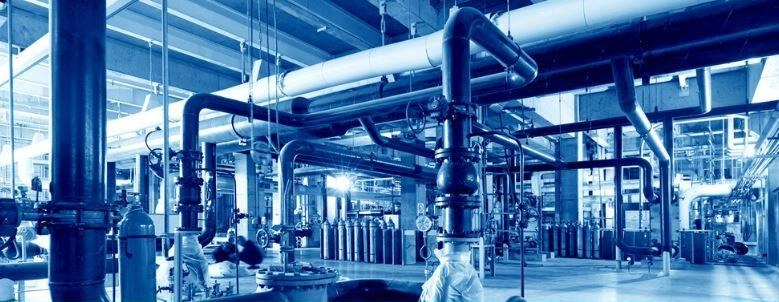MEP projects refer to Mechanical, Electrical, and Plumbing projects, which are essential components of building construction and infrastructure development. These projects involve the design, installation, and maintenance of the mechanical, electrical, and plumbing systems within a building or structure. Here’s a breakdown of each component:

1
Mechanical Systems
These include heating, ventilation, and air conditioning (HVAC) systems, as well as other mechanical systems such as elevators, escalators, and fire suppression systems. The goal of mechanical systems is to provide thermal comfort, indoor air quality, and proper airflow throughout the building.
2
Electrical Systems
Electrical systems encompass the design and installation of power distribution, lighting, communication, and control systems within a building. This includes wiring, electrical panels, lighting fixtures, outlets, switches, and backup power systems like generators or uninterruptible power supplies (UPS).
3
Plumbing Systems
Plumbing systems involve the design and installation of water supply, drainage, sewage, and sanitation systems within a building. This includes pipes, fixtures, valves, pumps, water heaters, and wastewater treatment systems. Plumbing systems ensure the safe and efficient distribution of water and removal of waste from the building.
4
They require careful planning
They require careful planning, coordination, and expertise to ensure that all systems work together seamlessly and meet the specific needs of the building occupants.
5
MEP engineers and contractors
MEP engineers and contractors are responsible for designing, installing, and maintaining these systems according to building codes, standards, and best practices.
6
MEP projects are crucial
MEP projects are crucial for the functionality, safety, and comfort of buildings, whether residential, commercial, industrial, or institutional.
Additionally, MEP projects often involve considerations for energy efficiency, sustainability, and environmental impact, as optimizing these factors can lead to cost savings and reduced environmental footprint over the lifecycle of the building.
